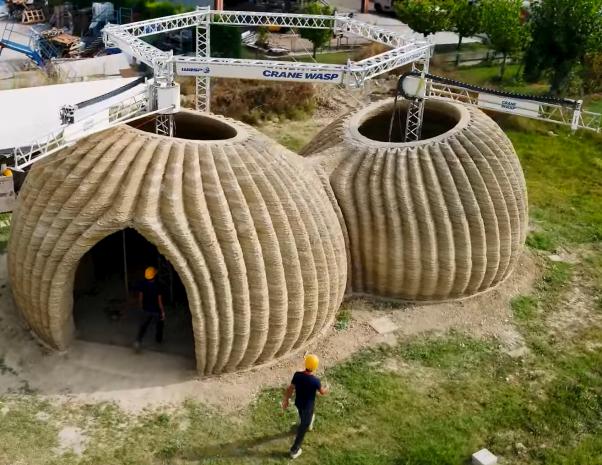
Breaking News
 The 'War On Narco Terrorism' Is The New 'War On Terrorism' And Will End Just As Bad
The 'War On Narco Terrorism' Is The New 'War On Terrorism' And Will End Just As Bad
 My Fave Pantry Food: "Salsa Sur-Thrival"
My Fave Pantry Food: "Salsa Sur-Thrival"
 "We've Handed This to Pam Bondi on a Silver Platter":
"We've Handed This to Pam Bondi on a Silver Platter":
 Fed Cuts 25bps, Ends QT As Expected; Two FOMC Officials Dissent
Fed Cuts 25bps, Ends QT As Expected; Two FOMC Officials Dissent
Top Tech News
 Graphene Dream Becomes a Reality as Miracle Material Enters Production for Better Chips, Batteries
Graphene Dream Becomes a Reality as Miracle Material Enters Production for Better Chips, Batteries
 Virtual Fencing May Allow Thousands More Cattle to Be Ranched on Land Rather Than in Barns
Virtual Fencing May Allow Thousands More Cattle to Be Ranched on Land Rather Than in Barns
 Prominent Personalities Sign Letter Seeking Ban On 'Development Of Superintelligence'
Prominent Personalities Sign Letter Seeking Ban On 'Development Of Superintelligence'
 Why 'Mirror Life' Is Causing Some Genetic Scientists To Freak Out
Why 'Mirror Life' Is Causing Some Genetic Scientists To Freak Out
 Retina e-paper promises screens 'visually indistinguishable from reality'
Retina e-paper promises screens 'visually indistinguishable from reality'
 Scientists baffled as interstellar visitor appears to reverse thrust before vanishing behind the sun
Scientists baffled as interstellar visitor appears to reverse thrust before vanishing behind the sun
 Future of Satellite of Direct to Cellphone
Future of Satellite of Direct to Cellphone
 Amazon goes nuclear with new modular reactor plant
Amazon goes nuclear with new modular reactor plant
 China Is Making 800-Mile EV Batteries. Here's Why America Can't Have Them
China Is Making 800-Mile EV Batteries. Here's Why America Can't Have Them
World's First 3D-Printed House Made Of Local Raw Earth – And it Closes the Roof With a Dome

Like the industrious wasps, the houses are made using the clay from wherever they are being built, which also means if they have to be knocked down, the only waste is the plumbing, gas, and electrical components.
Mario Cucinella Architects in Bologna maintains that "the idea of the city must be challenged" and their contender is a modular-series of clay pods not out of place inside the Great Enclosure in Zimbabwe.
The method is called TECLA, short for technology and clay, co-developed by Cucinella with help from another company called WASP, which specialize in 3D-printing solutions.
Their modular design utilizes two 3D-printing arms at once to create two domed spaces out of 350 layers of undulating clay and rice chaff as insulation, similar to the traditional building methods of the Moroccan Kasbah. The goal is to be totally off-grid, and the design and durability can be modified according to climate and local challenges.
Cucinella lost the opportunity to call the project "circadian cupulas," as one is designed for the day, with a large circular skylight and door letting in plenty of natural light, and another one for night, with a smaller, warmer, enclosed setting under a smaller window.
Treehugger says the idea is that Cucinella Architects will make these cupulas as self-sustaining eco-communities, both for the outskirts of urban areas, and for developing countries through WASP's contribution of a sort of DIY-version of the houses.

 China Innovates: Transforming Sand into Paper
China Innovates: Transforming Sand into Paper

